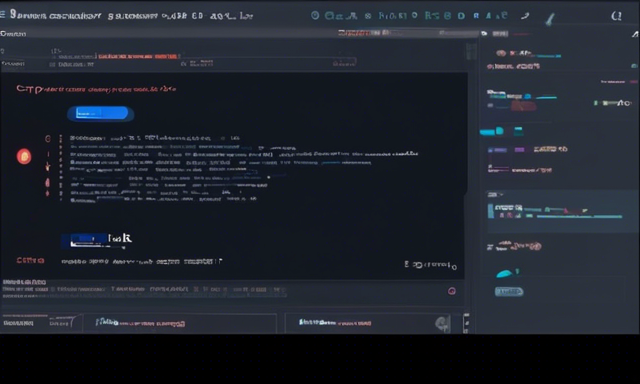AssemblyAI Updates Speaker Diarization Model for Accuracy and Multilingual Support 🎤
AssemblyAI has recently rolled out significant upgrades to its Speaker Diarization model, boosting its accuracy by 13% and extending support to five additional languages. These enhancements aim to improve speaker identification in audio recordings, enhancing the usefulness of transcripts and analytics, especially in customer service scenarios.
- Improvements in Speaker Diarization Model
- Enhanced accuracy by 13% and added support for five more languages
- Allows for better speaker identification in audio recordings
- Beneficial for creating more organized transcripts of meetings and webinars
Feature Spotlight: Speaker Diarization
The updated Speaker Diarization model, launched in June 2024, aims to simplify the process of differentiating between various speakers in audio files. This enhancement is particularly useful for creating more searchable transcripts of meetings and webinars, making it easier for users to find specific statements or discussions within audio content.
User Guides and Resources 📖
AssemblyAI has also introduced comprehensive guides to assist users in leveraging the new Speaker Diarization model effectively. One such guide, “Identifying Speakers in Audio Recordings,” provides in-depth instructions on applying the model to differentiate between speakers in audio projects. Another guide, “Processing Speaker Labels with LeMUR,” explores transcribing audio, identifying speakers, and inferring their names using the LeMUR tool.
Transforming Audio Analysis 🎶
Speaker Diarization plays a pivotal role in audio analysis, enhancing transcript quality by incorporating speaker labels to make content more accessible and easy to navigate. Furthermore, it enables precise searches within audio files, significantly improving user experience on digital platforms. These accurate transcripts also contribute to better training for language-based AI tools, such as customer service software, leading to enhanced communication and service quality.
Fresh Tutorials and Resources 📚
In addition to the model updates, AssemblyAI has released several new tutorials to help developers maximize the utility of their tools. For instance:
- “Generate subtitles with AssemblyAI and Zapier” demonstrates creating subtitles for videos using the AssemblyAI app via Zapier
- “Detect scam calls using Go with LeMUR and Twilio” guides users in identifying scam attempts in phone calls with the LeMUR tool
- “Content moderation on audio files with Python” sheds light on utilizing AI models to detect sensitive topics in speech data
Trending YouTube Tutorials 📺
AssemblyAI’s YouTube channel showcases a variety of popular tutorials:
- “How to Build a WebApp to Summarize YouTube Reviews with LLMs” walks viewers through creating an application that summarizes YouTube video reviews using large language models (LLMs)
- “Real-time Speech To Text In Java – Transcribe From Microphone” illustrates transcribing real-time audio in Java with AssemblyAI
- “Live Speech-to-Text With Google Docs Using LLMs (Python Tutorial)” guides users in implementing real-time speech-to-text transcription in Google Docs using AssemblyAI’s Speech-to-text API and LLMs, all in Python
Hot Take 🔥
AssemblyAI’s recent updates to its Speaker Diarization model not only enhance accuracy but also broaden language support, making audio analysis and transcription more efficient and accessible. By providing comprehensive guides and tutorials, AssemblyAI empowers developers to leverage these tools effectively, improving the overall user experience across various applications and platforms. Don’t miss out on the opportunity to enhance your audio analysis capabilities with AssemblyAI’s latest innovations!





 By
By
 By
By
 By
By

 By
By
 By
By